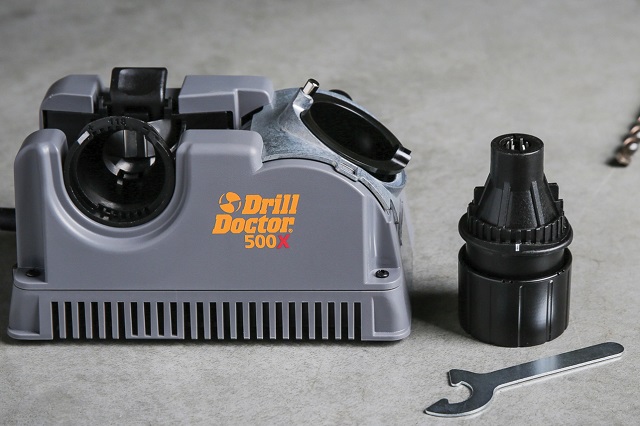Power Device Purchasing Overview For Drill Bits

Having the appropriate drill bit will make all the world of distinction. Also, make certain the bit is sharp. A lot of drill little bits will certainly do the work themselves with just a little pressure. If you discover on your own having to use a great deal of pressure to drill, then it is most likely time to throw that bit away and obtain another. Using plain bits can ruin your job and also put unnecessary damage on your drill.
Drill Bit Materials
Steel Little Bits - Low-cost and also helpful for softwoods. Will plain rapidly with hardwood and also break.
High-Speed Steel Little Bits - Harder than steel blades and will certainly stay shaper a little much longer.
Titanium Coated Bits - Expense more than Broadband Steel, however, this is a tougher material as well as will certainly stay sharper longer.
Carbide Tipped - A lot more expensive than the previous little bits but will certainly stay sharper longer than any of them.
Cobalt Little bits - Incredibly difficult as well as fantastic for applications with heat develop because it dissipates the heat. Helpful For Stainless-steel and also other steels.
Drilling Tips
Use a spin bit for basic drilling. A high-speed bit is the very best.
When you drill concrete, block, slate or plaster utilize masonry bits at reduced rates.
When drilling floor tile or glass use the spear factor at low rates.
An opening saw is excellent to make huge holes, yet make sure the drill can handle the added pressure or your melt the electric motor out swiftly.
For steel, an action bit is best utilized at slow rates.
The drill bit is what makes it or birthed right into your job. I would certainly recommend spending a little even more loan and also obtaining a better drill bit. It will certainly last longer and create less frustration over time.
Drill Bit Styles
Spin Bit - The most typical to find as well as is used for general boring right into the wood, light metal and also plastic.
Brad Point Bit - Great for piercing right into the timber. There is a point on completion to see to it the bit stays in area when you drill. They have extra broad flutes to help with wood removal.
Spade Bit - Great for drilling bigger openings from 1/4" to 1 1/12". If you need to drill larger openings, make use of the hole saw.
Adjustable Wood Bit - Not as preferred, yet drills big openings to adjustable widths from 3/4" to 3."
Auger Bit - Timber uninteresting bit. Big large flutes to aid with wood elimination.
Opening Saw - Large timber boring and also light metal ranging from 1/2" to 6."
Forstner Bit - Tiring level bottom openings into the wood. Great for piercing a flat opening and also not experiencing the whole timber.
Drill Saw Bit - Cuts uneven contours and also openings in timber or steel.
CounterBore, Countersink - The bit can be altered and is terrific for making the top of the hole a little bigger so when you placed the screw in, it is flush with the top of the board.
Installer Bit - Has an opening in the head and also is used for pulling wire through the hole. Made use of for mounting phone wire, TELEVISION cable, security wire and feline 5.
Left-Hand Bit - For removal stripped or damaged right-handed screws or bolts.
Tip Bit - Drilling in steel, copper, brass, plastic, aluminum, and also wood.
Glass/Tile Bit - Utilized for drilling into a glass or ceramic tile.
Masonry Bit - Used to drill into concrete or masonry. This is made use of with a hammer drill or rotating drill.
Scaling Chisel - Made use of to try masonry and also is mainly used in a rotating drill.